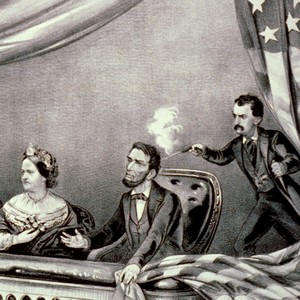
Assassination attempts, whether successful or not, of highly regarded public figures from all over the world have always been a part of humanity’s history, and have somehow influenced the way famous and influential people now behave whenever they’re out in the public eye. Motives of the assassins can be anything; it can be that the assassin deems the victim a threat, disagreeing with them on political stands, or the worst is just simply being jealous of the victim’s status. From the very start of civilization, countless assassinations of nation leaders, royalty, and celebrities have shocked the globe- from the notorious murder of Julius Caesar to the not-so-well-known, but equally intriguing, sword stabbing of former Japanese socialist leader Inejiro Asanuma. Here are some of the world’s most shocking assassinations and assassination attempts.
Julius Caesar, 44 BC
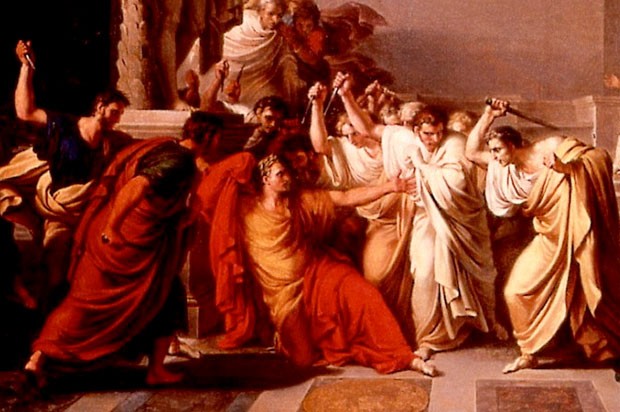
One of the earliest yet most infamous murders recorded in history is the tragic fall of Roman statesman and general, Julius Caesar. Throughout his career, Caesar was well-liked due to his meritorious deeds such as brilliantly leading his army across the Rubicon River and saving a citizen’s life in a particular battle. He was a member of an elite and liberal Roman political group called the “populares.” When he was at the peak of his popularity in 44 BC, he declared himself the eternal dictator, and this has made the members of the senate turn against him. During a senate meeting, sixty conspirators led by his supposed friend Marcus Brutus, stabbed Caesar more than twenty times as he stood at the feet of Pompei’s statue. According to legend, Caesar said to this Brutus upon seeing him: “You too, my child?”
Commodus, 192 AD
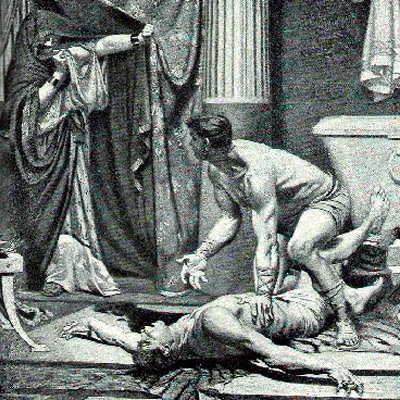
The murder of Roman Emperor Commodus was something quite unsurprising, since the leader was perceived as corrupt and immoral. He was also highly conceited, believing that he was the reincarnation of the Greek god Hercules. His father was Marcus Aurelius who was a respected emperor and had work ethics, but unfortunately his son was not able to imbibe these from him. In the end, the demise of Emperor Commodus was brought by none other than his mistress, Marcia, together with his new chamberlain, Electus. These two tried to talk some sense into the egoistic ruler, but failed, and they later on feared that even them could fall under his prey and be included in the list of people Commodus wanted executed. So Marcia made the emperor drink wine that was mixed with poison; however, the poison was not potent enough so Commodus’ fitness trainer, Narcissus, came in and choked him to death.
Henry IV, 1610
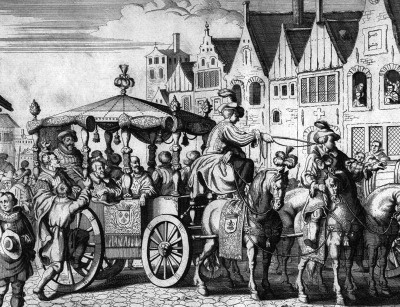
Unlike Rome’s Commodus, King Henry IV of France was known as the “Good King Henry”, as he was seen as a ruler who was bold and visionary. During his reign, King Henry IV had implemented effective policies that greatly improved the lives of his constituents, making him one of the most popular rulers of the country France throughout its history. However, his critics were bashing him due to his unusual religious tolerance during that period. In 1610, an extreme catholic named François Ravaillac successfully assassinated the king by stabbing him to death in the Rue de la Ferronnerie. The king was riding in an open carriage when all of a sudden two carts created a roadblock. As the guards were stepping out to check the commotion, Ravaillac came in to strike Henry IV.
Jorg Jenatsch, 1639
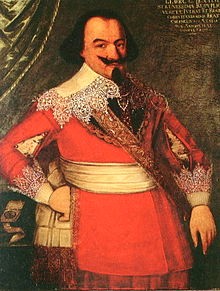
Swiss political leader Jenatsch’s murder occurred under very unlikely circumstances- he was assassinated by a group of men, their leader dressed as a fluffy bear, while they were at a carnival. The murders were never officially identified, however it was not difficult to name suspects, as Jorg Jenatsch was a controversial leader. He once took part in the murder of a rival party’s leader, Pompeius von Planta, a member of the pro-Catholic faction. After losing his position as a pastor (he was a Protestant pastor), his military career slowly flourished as he participated in more revolts. During a duel, he supposedly killed his colonel but was later on cleared of the murder charges. He was also known as a traitor, because he suddenly converted to Catholicism in 1636 and became a head of a secret alliance of both Catholic and Protestant leaders.
Andrew Jackson, 1835
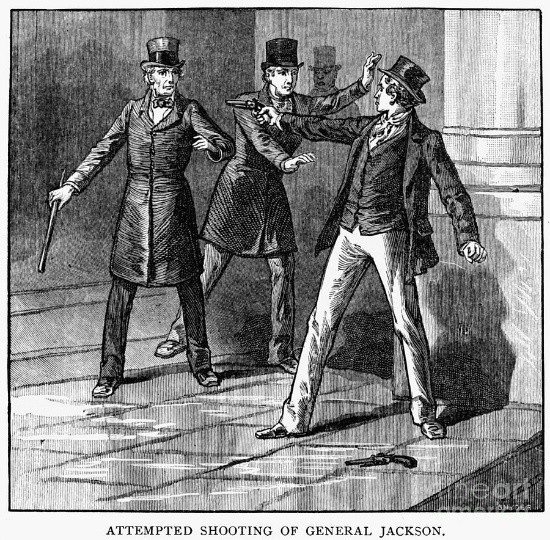
Before the Americans dealt with the well-known assassinations of former presidents, Abraham Lincoln and John F. Kennedy, there was Andrew Jackson, who became the first American president to ever experience an assassination attempt. Jackson has just visited a congressional funeral at the Capitol building in January of 1835, when a jobless house painter named Richard Lawrence approached the president and unsuccessfully shot him with two separate guns, both of which misfired and spared the life of Andrew Jackson. Fortunately for Jackson, the assassin was not able to get another shot at killing him as the president’s guards held Lawrence down and Jackson immediately beat him with his cane. The motive of the murder was never confirmed, but Jackson speculates that Lawrence was hired by the opposing political party. In the end, the murderer was found not guilty due to insanity and spent the rest of his life in a mental institution.
Tsar Alexander II, 1881
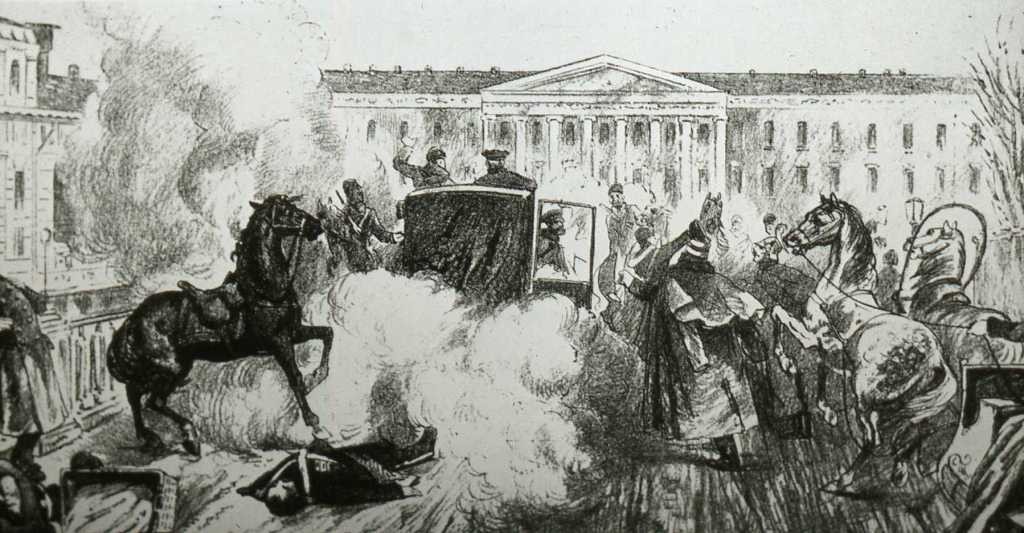
Known as one of Europe’s greatest leaders during Russia’s reform movement, Alexander II is given credit for the 1861 emancipation of the serfs in private estates, which resulted to the serfs gaining full rights of free citizens such as rights to wed without consent, right to acquire and possess a property, and the right to run a business by him or herself. Because of this, Alexander II was eventually named as “Alexander the Liberator”. His death was instant when a member of the revolutionary “People’s Will” group threw a bomb at the carriage he was in at the streets of St. Petersburg. The People’s Will was organized to employ terrorism among the Russians in their aspiration to overthrow the country’s tsarist autocracy.
Archduke Franz Ferdinand, 1914
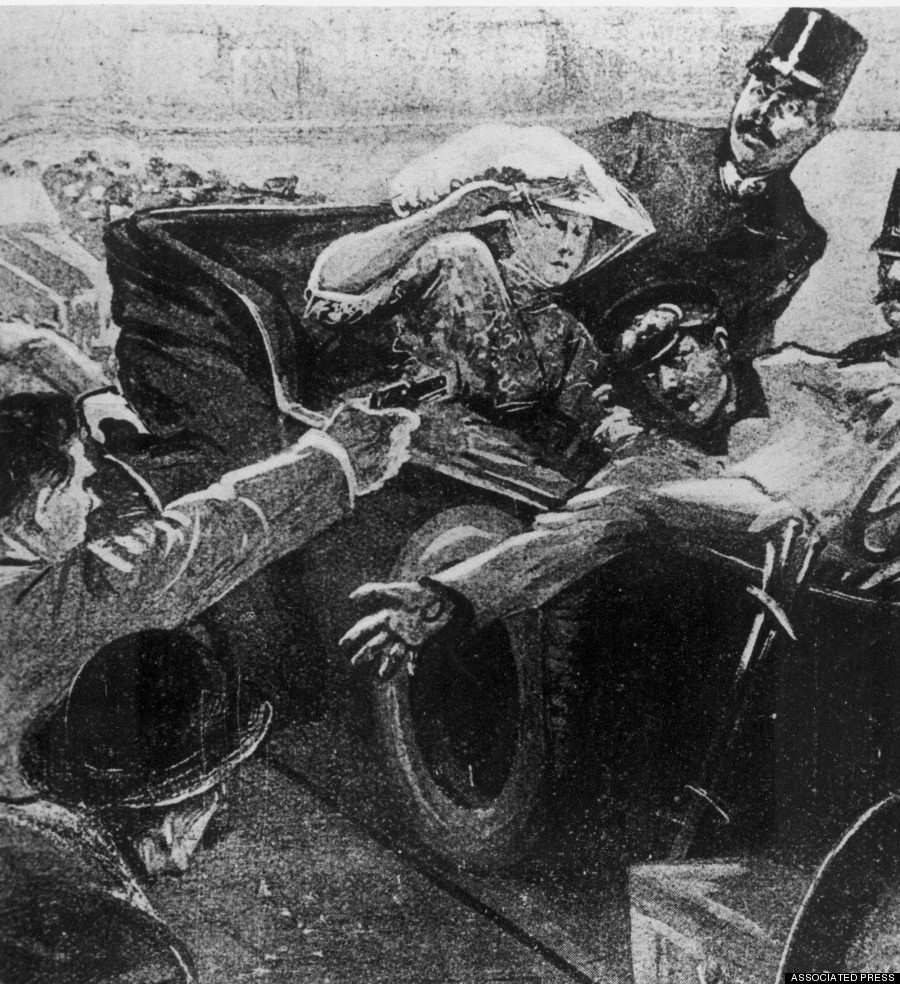
As low-key as it may seem, Archduke Franz Ferdinand’s assassination (and his wife Sophie’s as well) is probably one of the most important events in the world’s history. Historians strongly believe that this assassination has set a series of global events that led to the World War I. Archduke Ferdinand was the heir to the Austrian-Hungarian Emperor. Bosnia, a region in the southern portion of the empire, wanted to be autonomous so when the Archduke embarked on a trip to Sarajevo, Bosnian nationalists seized the opportunity to assassinate the Archduke and his wife. The murderers belonged to a terrorist group called the “Black Hand.” The officials from the Austria-Hungary government blamed the Serbians for aiding the Bosnian attackers. Eventually, alliances between European countries Austria-Hungary and Germany were formed against Serbia, Russia, and France, thus the commencement of the First World War.
Inejiro Asanuma, 1960
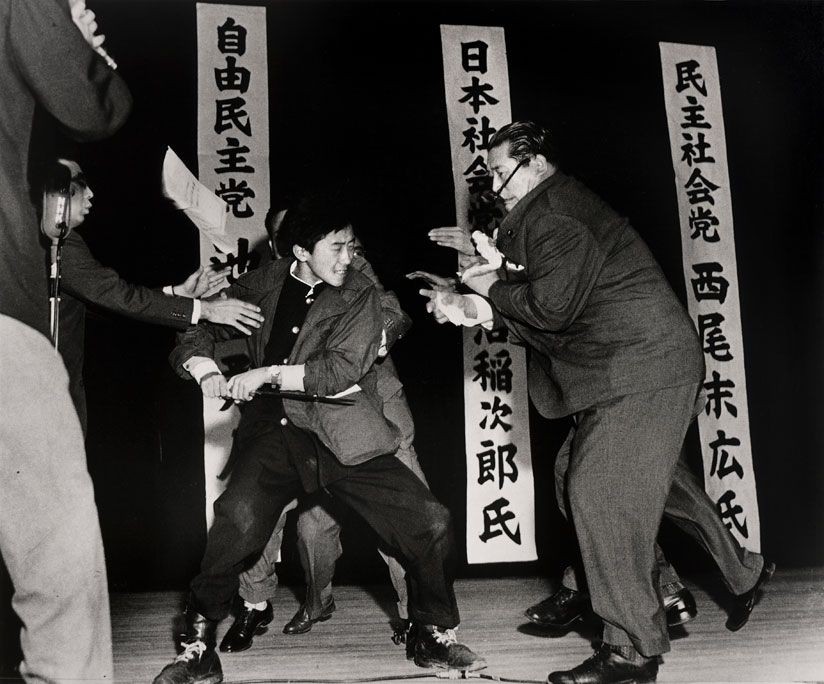
There are three noteworthy facts about this particular assassination: first, the killer was 17-year old Otoya Yamaguchi, who was a mere teenager at that time. Second, the murder tool he used was neither a gun nor a simple knife, but it was a traditional Japanese blade called a wakizashi that was sliced through his abdomen, instantly killing him. Asanuma was the leader of a socialist party in Japan, and his killer was a member of the ultranationalist group that aimed to restore the authentic Japanese culture. Yamaguchi was imprisoned after the televised assassination and not more than a month after his capture, the young man hang himself and committed suicide in his cell room. Written on his cell wall, via a mixture of toothpaste and water, were these words: “Seven lives for my country. Ten thousand years for His Imperial Majesty, the Emperor!” Lastly, the third interesting thing is that the actual assassination was photographed by Yasushi Nagao, and he went on to win the 1906 World Press Photo of the Year Award and the 1961 Pulitzer Prize.
Malcolm X, 1965
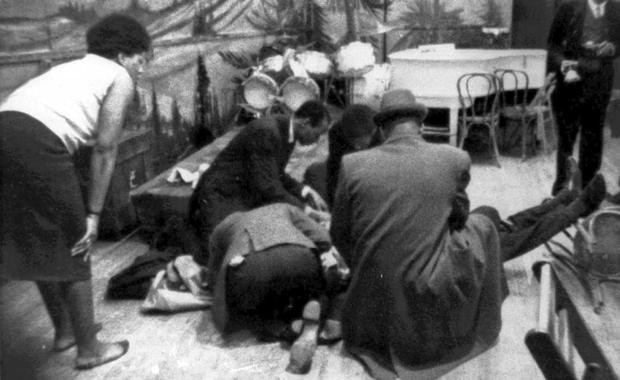
Malcolm X is regarded as one of the most influential African-Americas in history. His death was a heartbreaking one, considering that his killers were the very people that he was spending his life advocating for: the African-American community. The assassins were members of the Nation of Islam, an Islamic religious movement that advocated black supremacist and believed that the white people belonged to a race of “devils.” Malcolm X used to be this organization’s leader, and he also used to advocate the separation of black and white Americans. However, after an “enlightening” trip to Mecca, Malcolm X converted to Sunni Islam and founded the Organization of Afro-American Unity, which essentially wanted to eradicate racism. His assassination seemed inevitable, since his new movement quickly gained lots of followers. In the middle of a speech for the Afro-American Unity in New York City, Malcolm X was shot by a member of the Nation of Islam and instantly fell to his death.
Harvey Milk, 1978
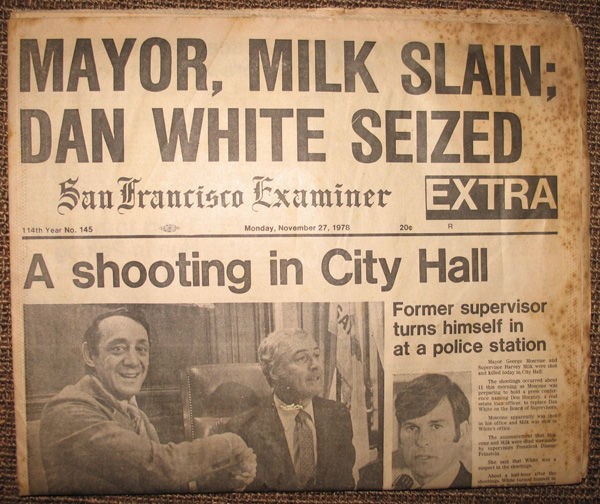
Harvey Milk was a historical icon himself, being the first ever openly gay politician in California to be elected for a seat in the San Francisco Board of Supervisors. The LGBT community considers Milk as a martyr for constantly fighting for gay rights in San Francisco. His murder, along with the murder of then San Francisco mayor George Mascone, was done by former San Francisco Supervisor Dan White out of his jealousy and hatred for Milk, who petitioned heavily against his reappointment as supervisor (since White resigned from the seat in the first place). The friction between White and Milk was further aggravated as White was the lone member of the board to vote against the gay rights ordinance, which, upon its passing, later on became an ordinance legacy of San Francisco. White was charged with first degree murder, but was then found guilty of a lesser crime of voluntary manslaughter on the account of him suffering from depression. He served five years in prison, was released in 1984, but later on he committed suicide in 1985.
John Lennon, 1980
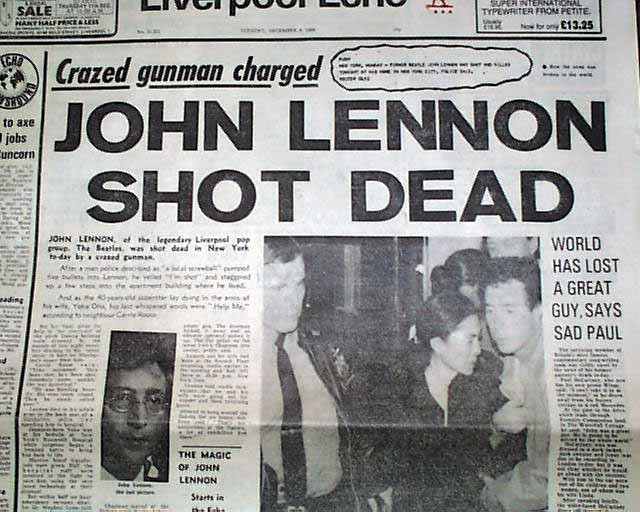
The death of probably the most famous person in the planet during the late seventies has no doubt sparked a worldwide commotion. John Lennon of the legendary The Beatles was shot dead on the 8th of December, 1980, by Mark David Chapman, on the archway of the building in New York City where he resided. It was believed that Chapman used to be a Beatles fan, but eventually had a change of heart when he heard Lennon’s statement that the Beatles were “more popular than Jesus.’ Claiming to be a Christian, Chapman got extremely offended by this. During his trial, his attorney tried to defend him on an insanity defense plea, but he insisted to be found guilty of murder because he decided that it was “the will of God.”
Pope John Paul II, 1981
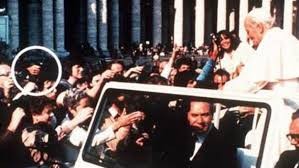
Fortunately for the famous and well-loved Pope John Paul II, this assassination attempt was not successful. The attempt occurred one May afternoon in 1981, during the Pope’s weekly motorcade at St. Peter’s Basilica in Vatican City. His shooter, Mehmet Ali Agca, was jailed and sentenced to life imprisonment. What was impressive was that the Pope later on visited his assassin in prison and forgave him. Through the Pope’s wish, Agca was pardoned by the president that time and was sent to Turkey in June 2000.
Benigno Aquino, Jr., 1983
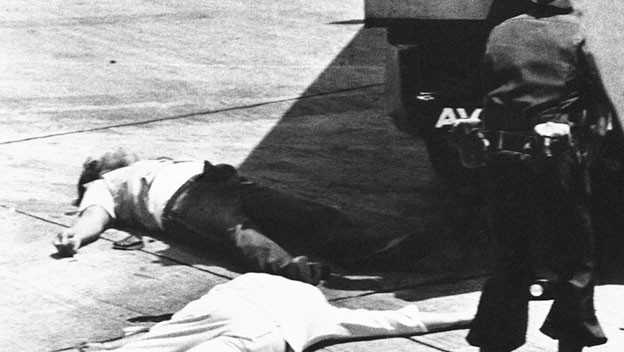
The death of former Philippine senator Benigno Aquino, Jr. was remarkable because it has somehow sparked a spirit of unity and nationalism amongst the Filipino people during the time that the masses were fighting to overthrow the dictatorship government under then president Ferdinand Marcos, Aquino’s political rival. The assassination took place minutes after the senator has just stepped out of his plane from the United States where he spent his 3-year exile. Aquino was shot in the head and was instantly killed. Three years after his death, the world renowned People Power Revolution took place.
Indira Gandhi, 1984
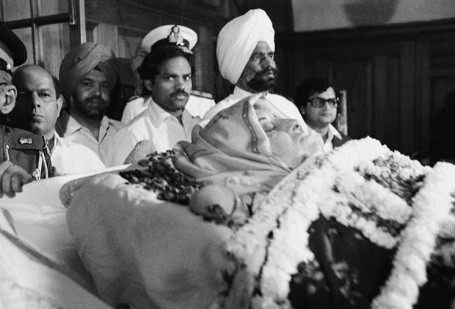
Indira Gandhi was India’s fourth Prime Minister, and the first female one, who led the country for fifteen years. The killing took place when the Prime Minister was passing through the garden of her residence, on her way to a scheduled interview. She was caught off guard, literally, by her killers who were her bodyguards themselves- one was even her most favorite. Her two killers were Beant Singh, who was caught and killed shortly after due to his resistance, and Satwant Singh, who was only 22 years old when he committed the murder and was hanged in 1989.
Selena, 1995

Comparable to the sudden death of John Lennon, Mexican-American singer Selena’s demise at the peak of her career shocked the whole world. Also parallel to the case of John Lennon was the identity of her perpetrator- she was shot by the appointed president of her fan club, a woman named Yolanda Saldivar. Selena was shot after an argument with Saldivar concerning business matters. Selena was only 23.
These are just some of the many assassinations that have taken place in the course of the history of the world. The fact that these still go on until now just shows what jealousy, anger, and uncivil disagreement can do to a person.